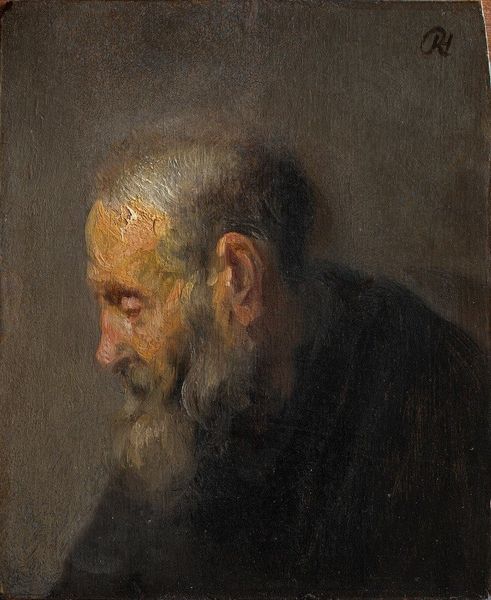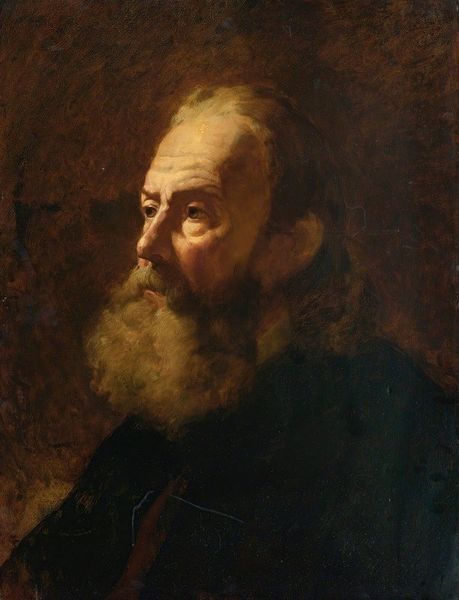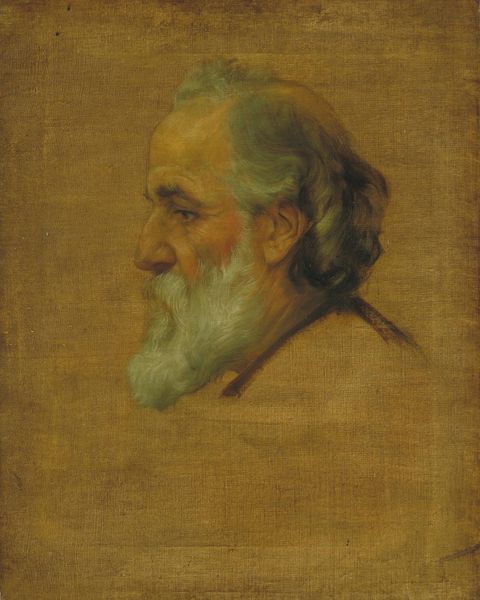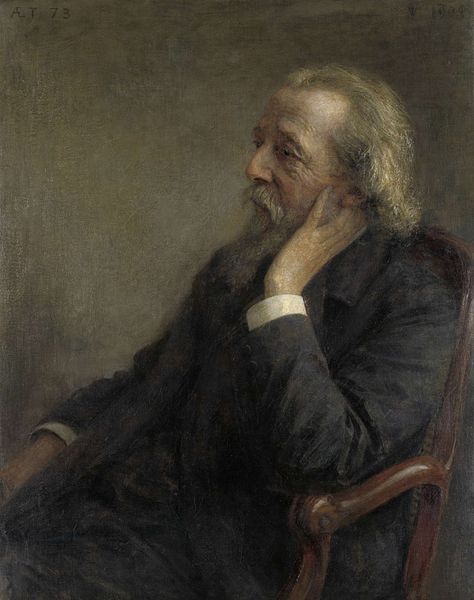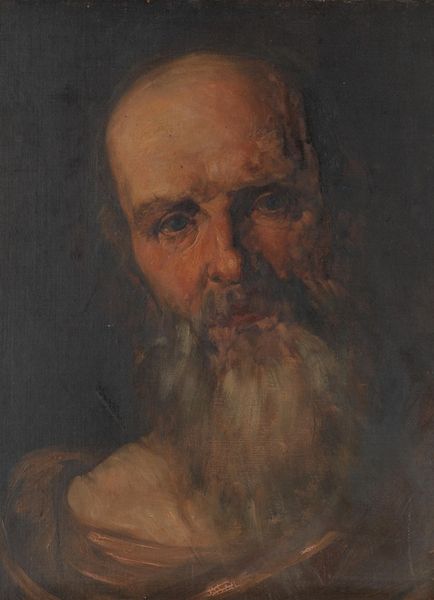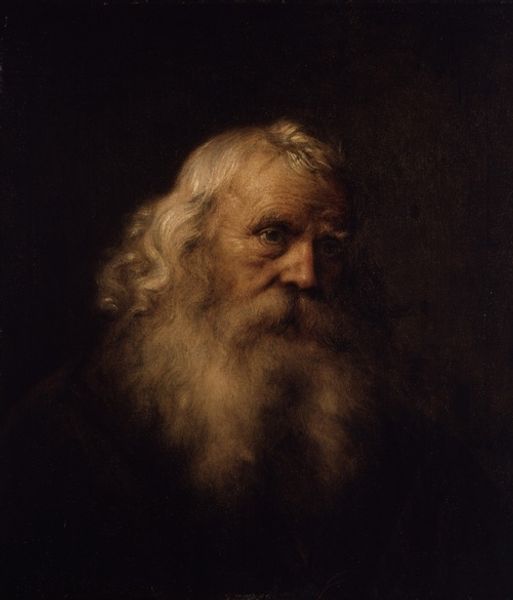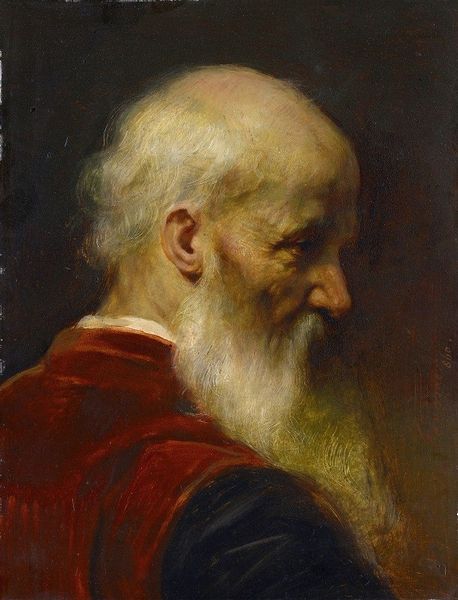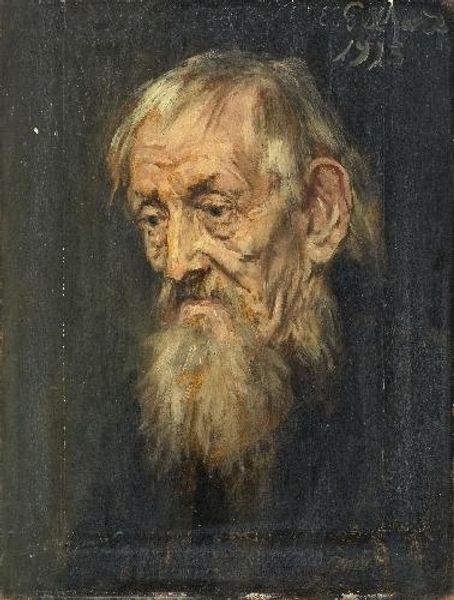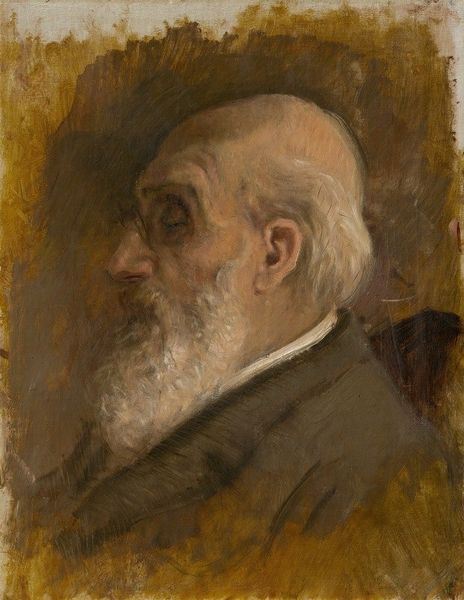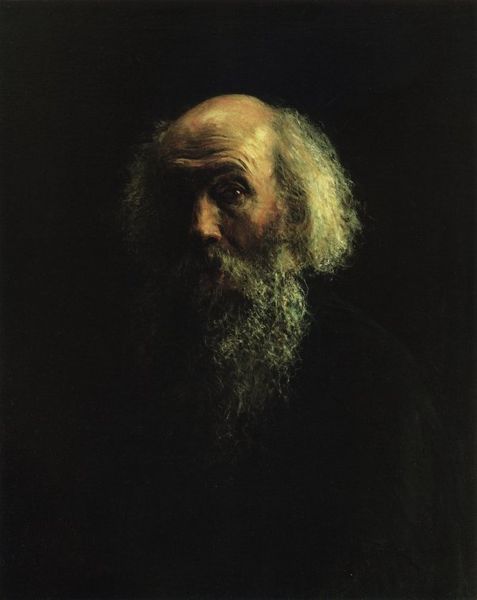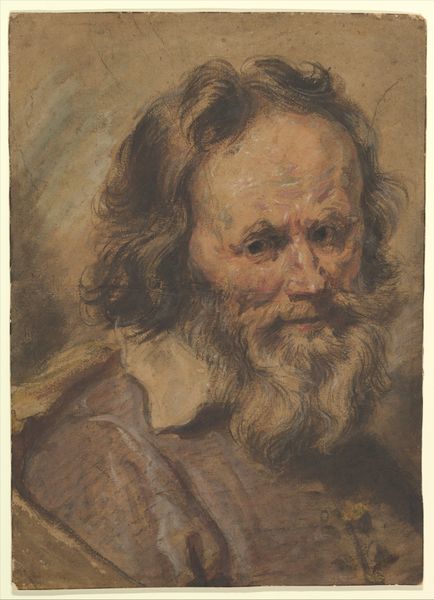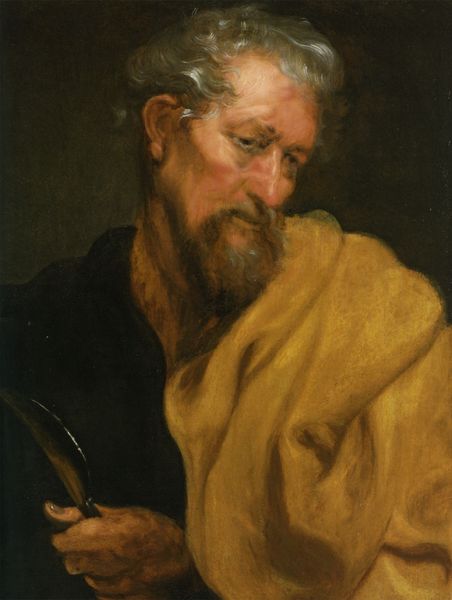
#
male portrait
#
portrait reference
#
portrait head and shoulder
#
animal portrait
#
animal drawing portrait
#
portrait drawing
#
facial portrait
#
portrait art
#
fine art portrait
#
digital portrait
Copyright: Public Domain: Artvee
Editor: So here we have "The Apostle Peter," attributed to Peter Paul Rubens and created sometime between 1592 and 1640. The most striking feature to me is the raw humanity captured in his aged face, seemingly at odds with his saintly status. What do you see in this portrait, given your background? Curator: What I see is an articulation of power through faith, complicated by the very human depiction you noted. Think about the Counter-Reformation context; the Catholic Church needed to reaffirm its authority. Depicting Peter with such vulnerability, yet with such a commanding presence through light and shadow, becomes a potent message about strength through humility. Editor: So the visual tension between his humanity and his symbolic role is actually central to the piece's function? Curator: Precisely. It speaks to the accessibility of faith, portraying Peter not as some unattainable ideal, but as a relatable figure who embodies perseverance. What does his gaze suggest to you? Is it accusatory? Is it knowing? Editor: I read it as pensive. Like he's seen and considered much. Maybe it speaks to the weight of leadership during tumultuous times? Curator: Indeed. Rubens wasn't just painting a saint; he was crafting an image of leadership meant to resonate within a specific social and political landscape. Considering the socio-political turmoil in Europe at this time, with rising Protestantism, this painting seems a powerful symbol of steadfast resolve. Editor: I hadn't considered how deeply interwoven artistic choices could be with contemporary power dynamics. It certainly gives a lot more context to "just" a portrait! Curator: Absolutely! It's crucial to remember art never exists in a vacuum, which hopefully deepens our perspective on both past and present artistic creations.
Comments
No comments
Be the first to comment and join the conversation on the ultimate creative platform.
